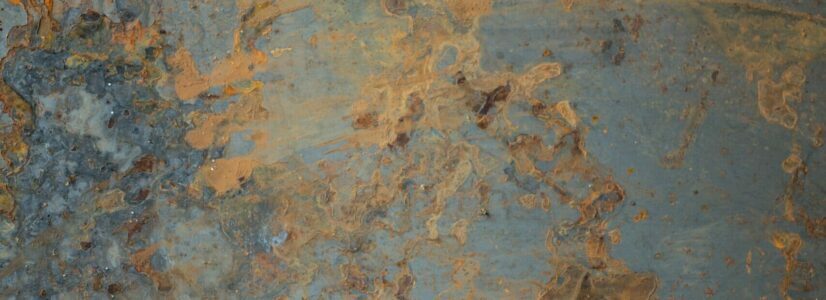Rexarc is currently open from 7:30 AM – 4:00 PM EST, Monday – Friday. Read More
Rexarc is currently open from 7:30 AM – 4:00 PM EST, Monday – Friday. Read More

Corrosion is an inevitable part of maintaining a stainless steel pressure vessel, so how do you know when the amount of damage is too much to safely operate your vessel?
Stainless steel has a reputation for being extremely corrosion resistant, but resistant isn’t the same as corrosion-proof. Stainless steel is different from carbon steel in that it has at least 10% chromium added to the alloy. The chromium reacts with oxygen molecules in the air or another fluid touching its surface. It forms a thin layer of chromium oxide over the surface of the steel, only a few molecules thick. This layer is a barrier between the metal and many sources of corrosion, but if it is damaged too much it won’t be able to reform.
Here’s some of the most common types of corrosion stainless steel can experience:
If you’re at all unsure about the safety of your vessel, talk to people skilled in certifying and testing them to see if they can run some experiments with the vessel to verify it still operates within the standards set out by the American Society of Mechanical Engineers (ASME). These standards have been developed by experts in pressure vessels and are used across industries to make sure people stay safe when working with high pressures.
Rexarc is made of experts on stainless steel pressure vessels, and we would be happy to talk with you about maintaining the safety of your vessel! You can learn more about our company here, and more about the types of ASME standard pressure vessels and custom work we offer.

We are a one stop shop from custom vessel production to full skidding, plumbing and instrumentation.

We stand by our processes and communicate with you on your project status as much or as little as you would like.

We continually reinvest in our people, business, and equipment technology to ship quality products on time.
